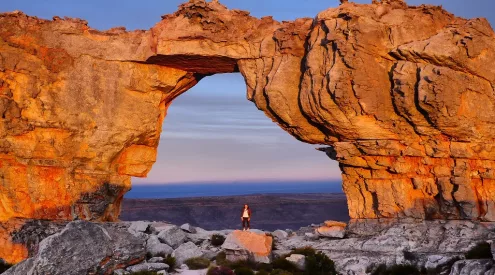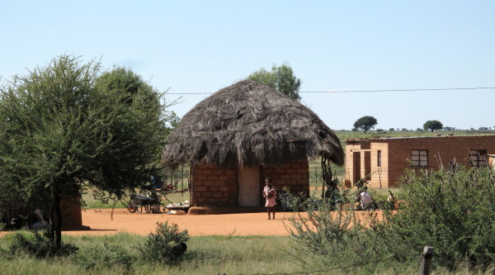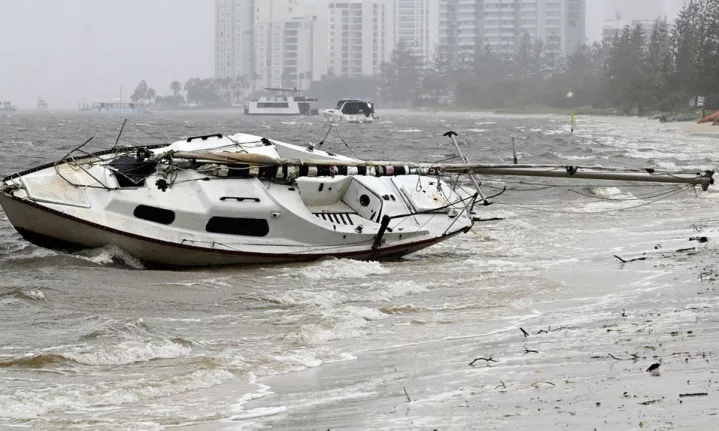At a time when many of us are dusting off passports, polishing travel wish lists, and dreaming of faraway coastlines, a new force is shaking up the rhythm of global travel—extreme weather.
Traditionally, we’ve counted on weather patterns to guide our travel planning. March in the Med? Perfect for early sun. Spring in the U.S. South? Great for a road trip. But climate change is flipping the script. In just the past few weeks, destinations from Greece to the U.S. and Australia have experienced sudden, sometimes devastating weather events that are already reshaping the tourist season—and the traveller mindset.
Greek Islands: From postcard to peril
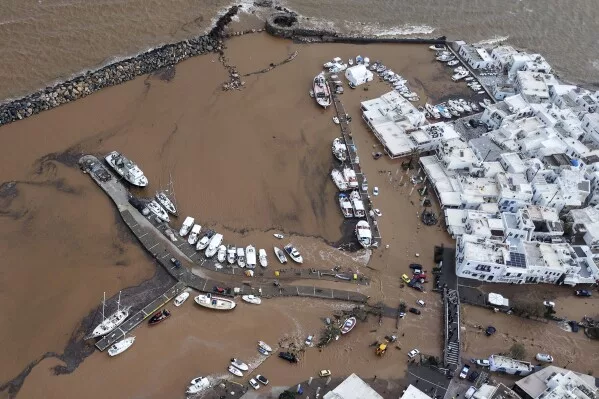
Picture/AP News
When we picture the Aegean Islands, it’s usually blue skies, sunlit villas, and peaceful beaches. But in early April, that postcard-perfect image was swept away in a wave of torrential rain and typhoon-strength winds that left parts of the Greek islands submerged in thick mud.
Paros, Mykonos, Rhodes, and Crete—all hugely popular with international visitors—were hit hard. The charming port of Naoussa in Paros became unrecognisable as water surged through narrow streets, damaging buildings, closing schools, and triggering a full-blown emergency response. Just weeks before the Easter rush, the islands found themselves in recovery mode as per The Times reports.
Authorities have responded quickly, but the damage runs deeper than the flooded streets. Years of overdevelopment—think unregulated holiday homes, poor drainage planning, and building on floodplains—have made these island gems more vulnerable than ever to the whims of nature.
It’s a stark reminder that the places we visit for their serenity and beauty are also living, breathing communities—ones that must now juggle tourism recovery and climate resilience simultaneously.
ALSO READ: Underrated beach destinations for a crowd-free holiday
U.S. South: Tornado Alley reawakened
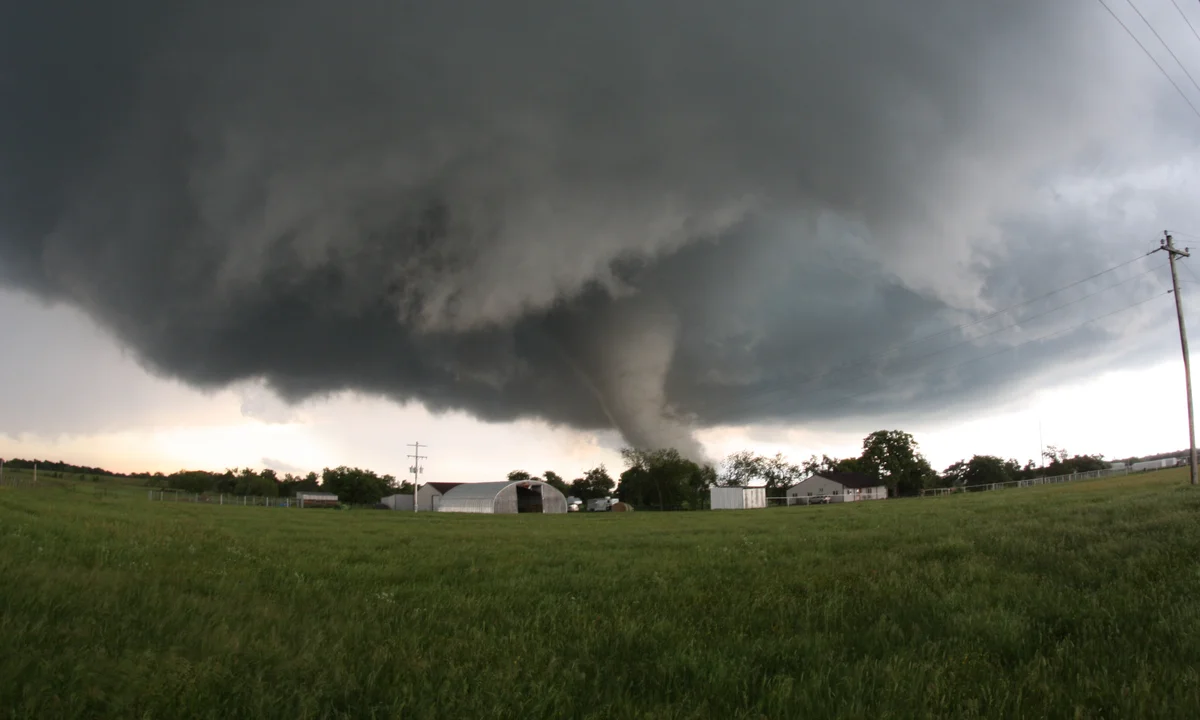
Picture/The Guardian
Across the Atlantic, severe storms have battered parts of the southern and midwestern United States, with heartbreaking consequences. Over a dozen lives were lost in late March and early April as tornadoes, flash floods, and lightning tore through communities in Kentucky, Tennessee, Mississippi, Missouri, and Indiana.
In Kentucky alone, over 500 roads were closed due to flooding. In Tennessee, 10 people died, including several in incidents involving falling trees or submerged vehicles. These aren’t remote, rural areas—it’s the suburbs, highways, and neighbourhoods that many road-tripping travellers would pass through without a second thought.
The takeaway? Travelling during storm season in North America now comes with greater risk. And while the U.S. has strong infrastructure and alert systems in place, the sheer unpredictability of these weather patterns means travellers need to stay vigilant, especially when moving through states known for spring tornadoes and flash flooding.
Cyclone aftershock and Aussie resilience
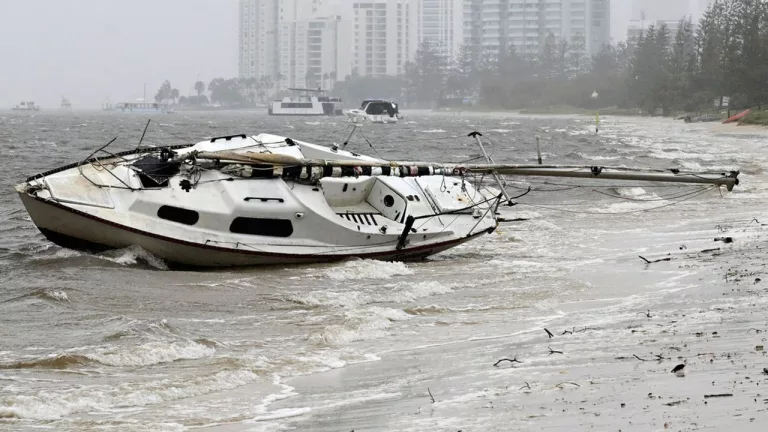
Picture/Sky News
Meanwhile, in Australia, Cyclone Alfred dealt a heavy blow to the Gold Coast earlier this year, reminding both locals and travellers of the powerful forces at play in the Pacific. But here’s the surprising part: Despite the damage, tourism in Queensland is thriving.
According to booking site SiteMinder, as reported by The Australian, bookings during the Easter and school holiday season have surged, with numbers up by more than 30% in major tourist hubs. Cairns saw a 63% increase year-on-year, and the Gold Coast itself—despite being directly impacted by the cyclone—reported a 32% bump in hotel stays.
This comeback speaks volumes about the resilience of the tourism sector but also about travellers’ readiness to return to destinations that are transparent, prepared, and adaptable. It also shows the effectiveness of campaigns and pricing strategies in revitalising interest—even in regions recently hit by disaster.
What this means for the rest of us
So, what’s the lesson here for the everyday traveller?
First, it’s a nudge to travel with intention. Yes, we all crave that dreamy escape, but planning a trip in 2025 means factoring in a new variable: the climate curveball. Seasons aren’t what they used to be, and the traditional shoulder months now come with a “check the weather alerts” disclaimer.
Second, it’s a call for flexibility. Travel insurance, flexible bookings, and knowing your destination’s emergency services may not be as glamorous as booking a wine tour in Santorini, but they’re fast becoming just as essential.
Third, it’s about connection. When a region like Paros floods or Tennessee mourns storm victims, it’s not just news—it’s a reminder that the places we visit aren’t just destinations. They’re homes. When we travel, we walk into someone else’s everyday reality. The least we can do is walk in awareness, respect, and willingness to support.
Travel smarter, not just further
Here are a few practical ways to keep your travel dreams resilient in the face of shifting weather:
- Use alert apps like Windy, Weather Underground, or even local government notifications for storm and flood warnings.
- Consider travel seasons more flexibly—shoulder season travel is still a win, but researching local weather trends is key.
- Book with sustainability in mind. Support businesses that are investing in eco-conscious infrastructure, rebuilding efforts, and climate-adaptation strategies.
- Give back when you can. Whether it’s booking local tours, staying in family-run accommodation, or simply tipping generously, every bit counts.
Extreme weather may be an unavoidable part of travel today, but with thoughtful planning, open eyes, and a little empathy, we can keep exploring the world while treading a little lighter on it.
Follow us on social media for more travel news, inspiration, and guides. You can also tag us to be featured.
TikTok | Instagram | Facebook | Twitter
ALSO READ: Cape Town ranks among world’s most affordable wellness destinations



